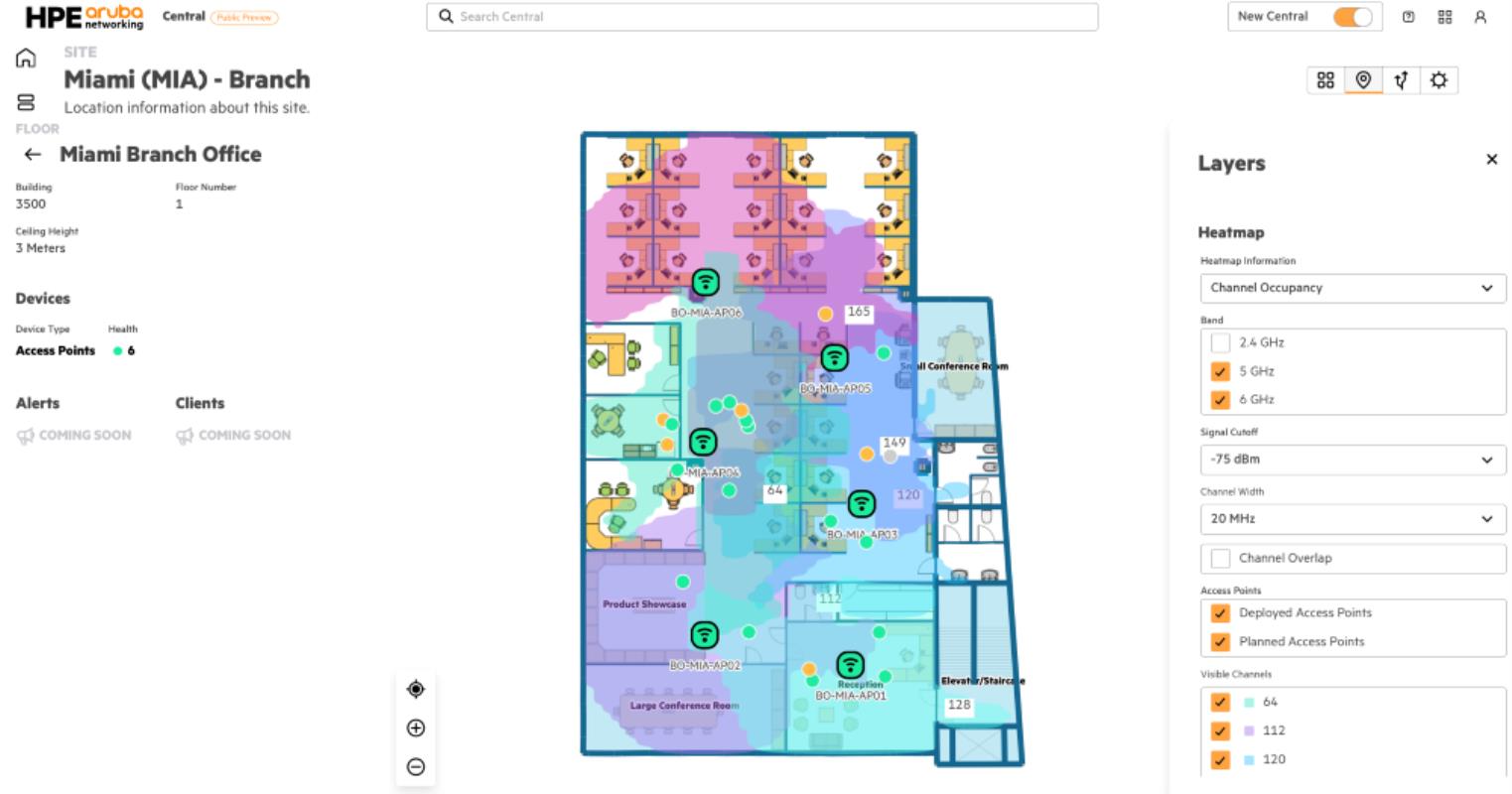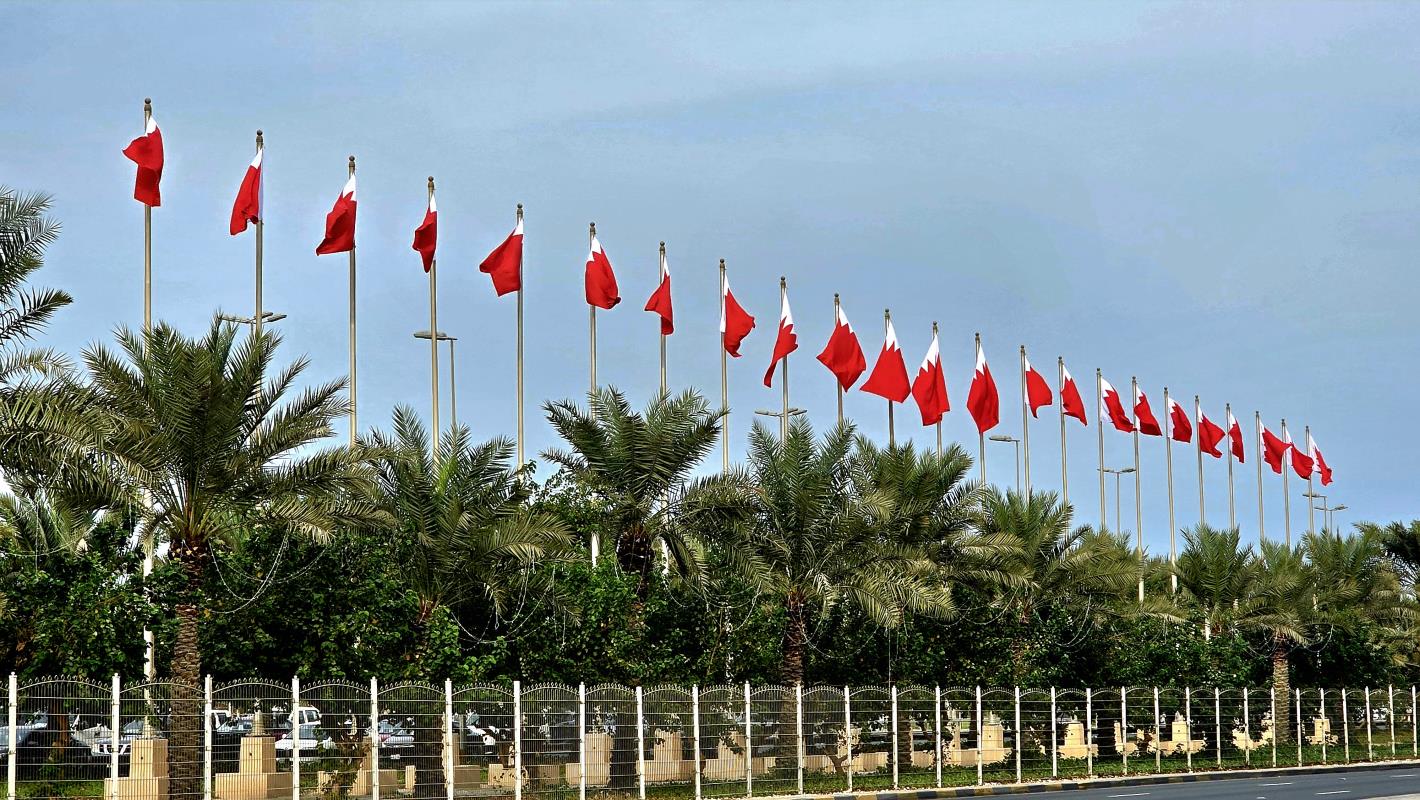
Every human endeavour involving more than a single person needs a team. It may be informal, it may be dysfunctional, and whether we acknowledge it or not a team always exists.
What to do if there are tens of people or even a thousand individuals who have to coordinate their actions, lest their efforts be non-productive or counter-productive?
Like a skeleton is for a body, a management structure is essential for an organisation, where we define who does what, who reports to whom, who supports whom, etc.
It is obvious that we need some organisational structure, yet we often pay little or no attention to it. As a result, things get delayed or worse even fall between the cracks, output costs are higher and quality suffers.
We can easily fall into a trap. Some people like to say that they do not believe in bureaucracy and adopt no formal structure. If structure is not created by design it will evolve by default, and what will emerge is usually undesirable.
Bureaucracy is essential in any collaborative effort. The key is that it functions and addresses needs. Bureaucracy has got a bad name because of how the governments function. Nothing seems to get done, takes forever and the quality of output is terrible.
preprocess
When designing a structure most organisations simply draw a chart of who reports to whom and give each person going up in the hierarchy more power, money and status. When structures are so designed the focus is more on actions, activities and behaviour and less on results and outcomes.
There are many types of teams and organisations and there is no one perfect structure, but as long as we focus on results the structure will be effective. A structure should reveal not only who is responsible for what, but also be clear about who could or must be informed, and who has to approve. It is important to clarify who will appraise and review performance not only to decide rewards for good performance and punishments for poor results but also will support with resources and provide guidance.
When seniority assigns more responsibility than only authority to a person such an organisation structure will also be effective.
A structure is not only a chain of command but also a chain of responsibility.
Gone are the days of high pyramidical organisation structures with long chains of command, for they have been replaced by flat organisations with relatively few layers of management.
Flat organisation structures are possible because of the adoption of effective management systems. In such organisations much of the information is deemed to belong to the organisation and not to a few individuals thus making information and data accessible quickly and accurately to the whole team as needed.
I will cover management systems in the next article.
preprocess
Interesting Links:
- Want to become World-Class? ~ Guru Wonder
- Essential 4S for management success ~ Guru Wonder
- Blending Styles, of the Individual with the Organisation ~ Guru Wonder
- Lessons from the best doorman ~ Guru Wonder
- Without Strategy, a Goal is a mere Fantasy ~ Guru Wonder preprocess






































































